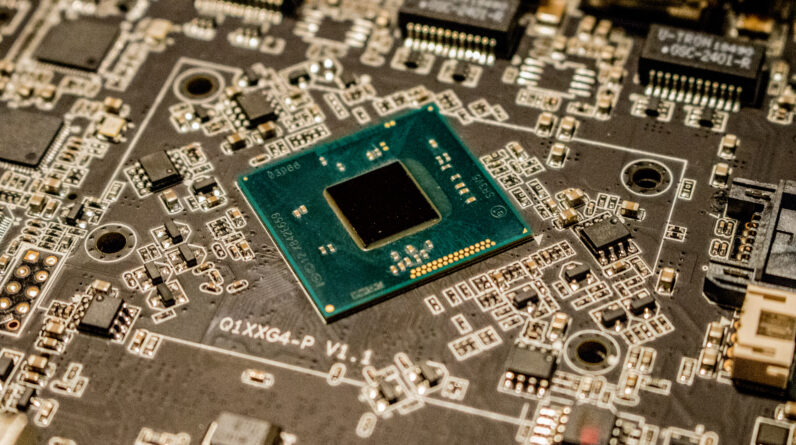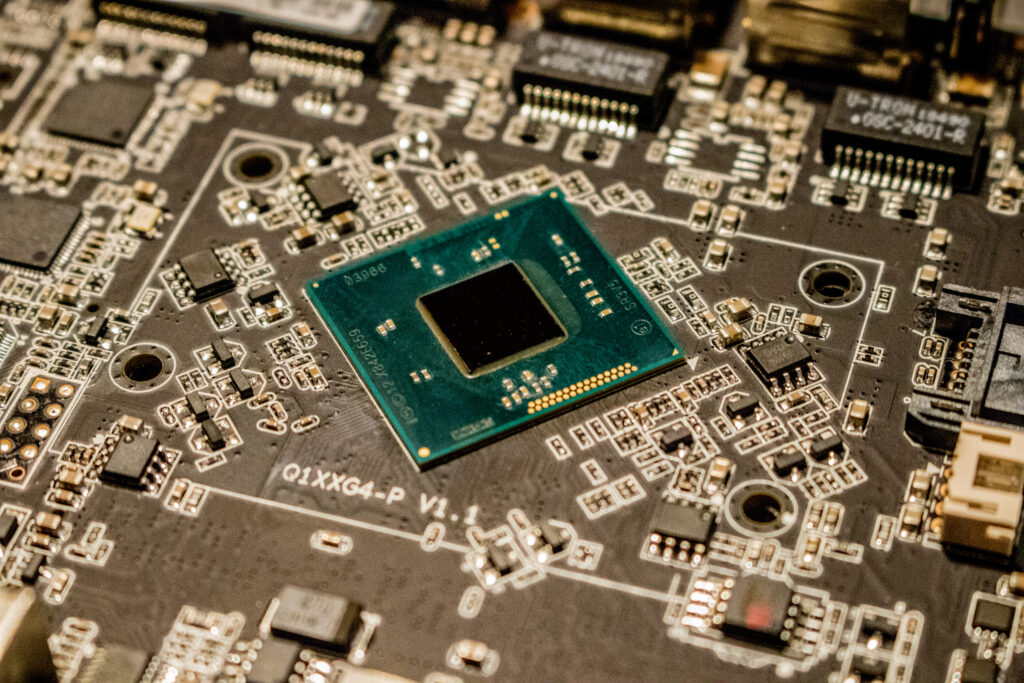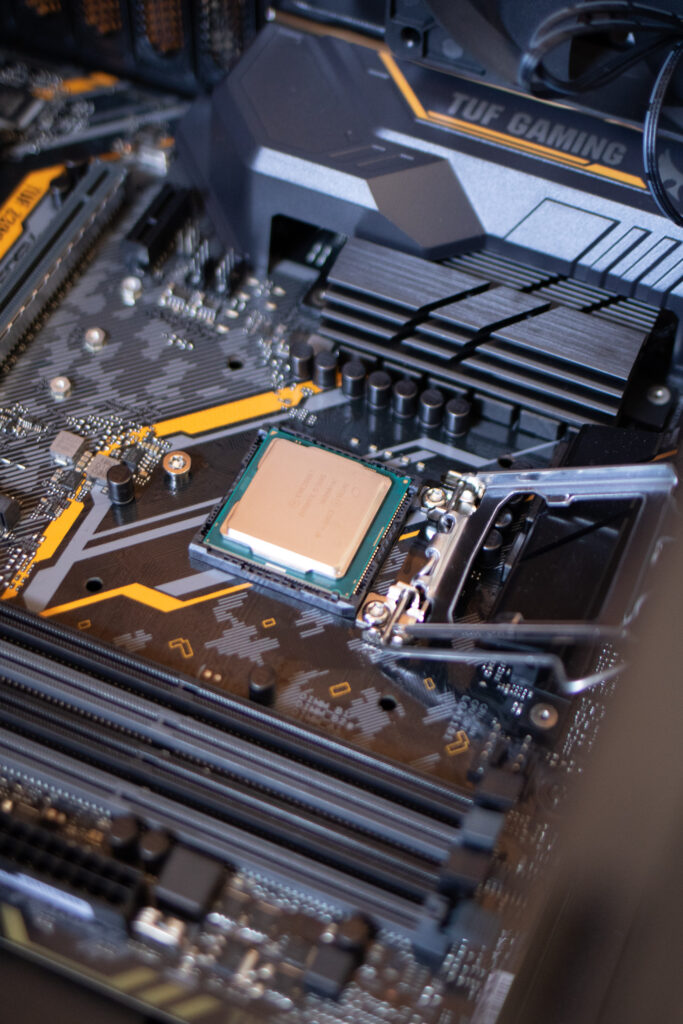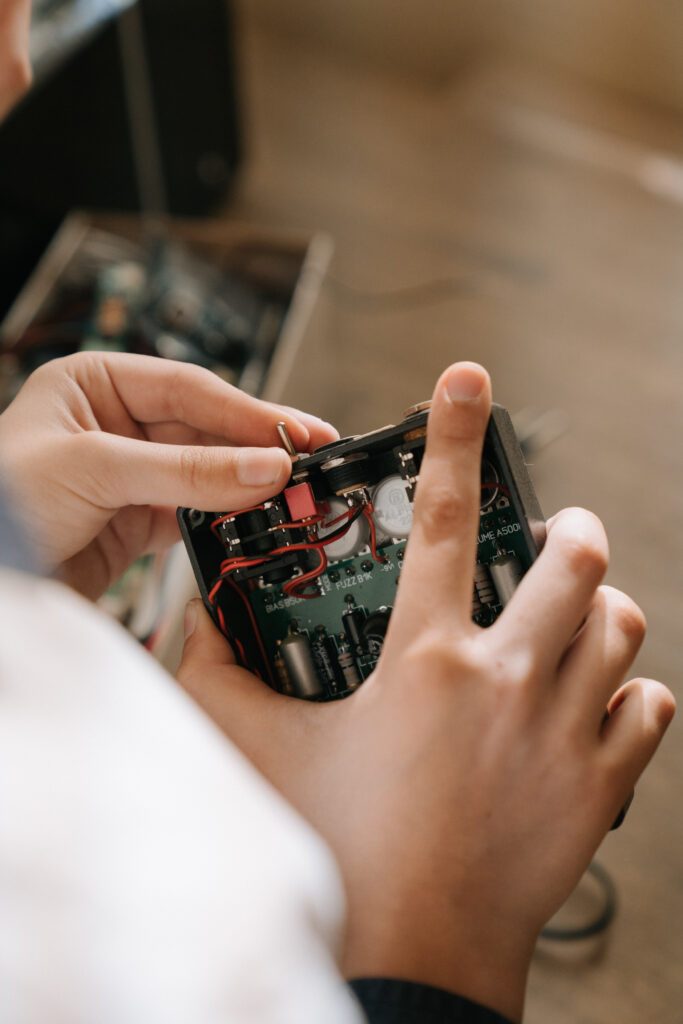
So, you’ve just finished preparing a delicious meal using your trusty food processor. Now that you’re done, you may find yourself wondering, “How do I clean and disinfect a food processor?” Well, fret not! In this article, we will walk you through the simple yet effective steps to ensure that your food processor is spotless and germ-free, ready to assist you in countless culinary adventures ahead. From dismantling the parts to using the right cleaning agents, get ready to become a pro in keeping your beloved kitchen tool squeaky clean!

Cleaning a Food Processor
Cleaning a food processor is an essential part of maintaining its functionality and ensuring its longevity. Follow these simple steps to thoroughly clean your food processor:
Step 1: Unplugging the Food Processor
Before you start cleaning the food processor, always remember to unplug it from the power source. This is crucial for your safety as well as to prevent any damage to the appliance.
Step 2: Disassembling the Food Processor
To effectively clean a food processor, you need to disassemble it first. Begin by removing the attachments and accessories such as the slicing discs, shredding discs, or dough blades. Carefully detach any removable parts of the processor to ensure a thorough cleaning.
Step 3: Removing Parts
Once you have disassembled the food processor, remove the bowl, lid, and any other detachable parts. Be cautious while removing the parts to avoid any potential injury or damage.
Step 4: Rinsing the Parts with Warm Water
Take the detachable parts, including the bowl, lid, and attachments, and rinse them under warm water. Make sure the water is not too hot, as it may damage the parts. Use your hands or a soft brush to gently scrub away any food particles or residue.
Step 5: Cleaning the Blades
The blades of a food processor can easily accumulate food debris. To clean them, use a gentle brush and warm soapy water. Carefully scrub the blades to remove any stuck-on food particles. Take extra caution while cleaning the sharp blades to avoid any accidents.
Step 6: Cleaning the Bowl and Lid
To clean the bowl and lid, use a sponge or a soft cloth soaked in warm soapy water. Gently scrub the surfaces to remove any stains or residue. Pay close attention to the crevices and corners of the bowl and lid where food particles may hide.
Step 7: Drying the Parts
After thoroughly rinsing all the components, it’s important to dry them completely before reassembling the food processor. Use a clean, dry cloth or allow the parts to air dry. Moisture can lead to the development of mold or bacteria, so ensure all the parts are completely dry.
Step 8: Cleaning the Base and Cord
Don’t forget to clean the base and the cord of the food processor. Use a damp cloth with a mild soap solution to wipe down the exterior surfaces. Pay special attention to any stains or spills on the base. Avoid submerging the base in water or using harsh chemicals, as this may damage the appliance.
Step 9: Assembling the Food Processor
Once all the parts are dry, it’s time to reassemble the food processor. Take care to insert each component correctly and securely. Ensure that the bowl is properly aligned with the lid and that the attachments fit into their designated slots.
Step 10: Storing the Clean Food Processor
After cleaning your food processor, make sure it is properly stored to maintain its cleanliness and prevent any damage. Return all the parts to their designated places, ensuring that the appliance is safely stored in a clean and dry area.

Disinfecting a Food Processor
In addition to regular cleaning, it’s important to periodically disinfect your food processor to eliminate bacteria and germs. Follow these steps to effectively disinfect your food processor:
Step 1: Preparing a Disinfectant Solution
Start by preparing a disinfectant solution. You can use a diluted bleach solution or a mixture of vinegar and water. Dilute one tablespoon of bleach in one gallon of water or mix equal parts of vinegar and water in a spray bottle.
Step 2: Disassembling the Food Processor
Similar to the cleaning process, begin by disassembling the food processor. Remove all attachments, detachable parts, and the bowl to ensure a thorough disinfection.
Step 3: Soaking the Parts
Take the detachable parts, including the bowl, lid, and attachments, and submerge them in the prepared disinfectant solution. Allow them to soak for approximately 10-15 minutes. This soaking process helps eliminate any bacteria or germs present on the surface of the parts.
Step 4: Scrubbing and Wiping the Parts
After soaking, use a sponge or a soft brush to scrub and wipe down all the parts in the disinfectant solution. Pay close attention to any stained or dirty areas. Scrubbing will help remove any remaining residue or bacteria.
Step 5: Rinsing the Parts
Once you have thoroughly scrubbed all the parts, rinse them under warm water to remove any traces of the disinfectant solution. Ensure that all the parts are thoroughly rinsed to avoid any lingering odors or tastes.
Step 6: Drying the Parts
After rinsing, dry the parts completely before assembling the food processor. Use a clean, dry cloth or let the parts air dry to prevent the growth of mold or bacteria.
Step 7: Disinfecting the Base and Cord
To disinfect the base of the food processor and its cord, dampen a cloth with the disinfectant solution. Gently wipe down the exterior surfaces, paying attention to any stains or spills. Avoid submerging the base or cord in water or using excessive amounts of the disinfectant solution.
Step 8: Assembling the Food Processor
Once all the parts are dry, carefully reassemble the food processor. Make sure each component is correctly aligned and securely attached. Double-check that the bowl is properly aligned with the lid and that the attachments fit snugly into their designated slots.
Step 9: Storing the Disinfected Food Processor
After disinfecting your food processor, ensure it is stored in a clean and dry area to maintain its sanitized state. Return all the parts to their designated places and store the appliance in a safe and hygienic manner.
By following these steps for both cleaning and disinfecting your food processor, you can ensure that it remains in optimal condition and continues to provide you with efficient and safe food preparation for years to come. Remember to always prioritize safety and cleanliness, making cleaning and disinfecting a regular part of your food processor maintenance routine.






